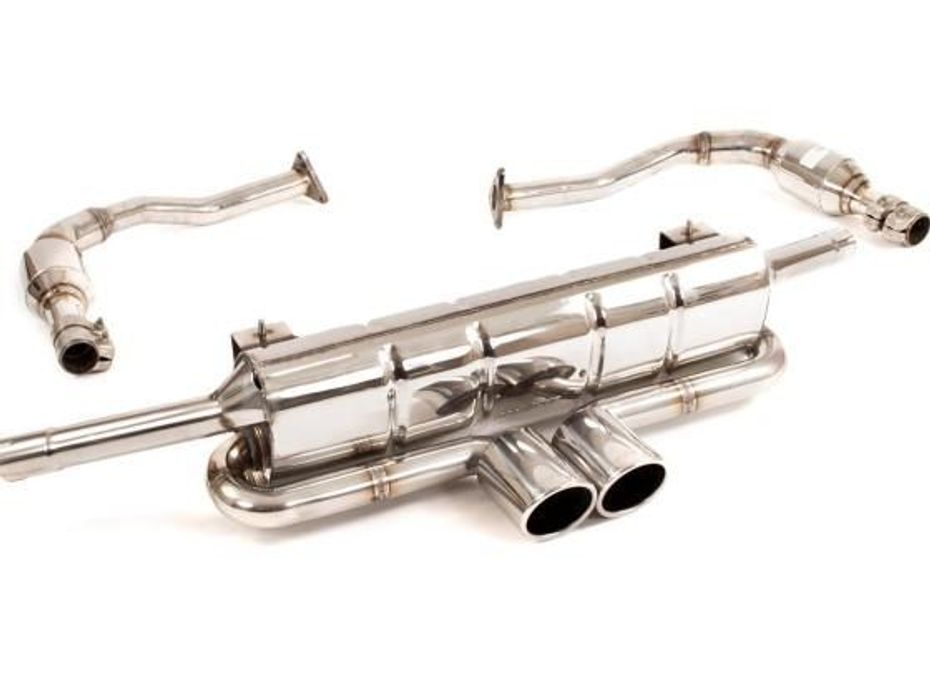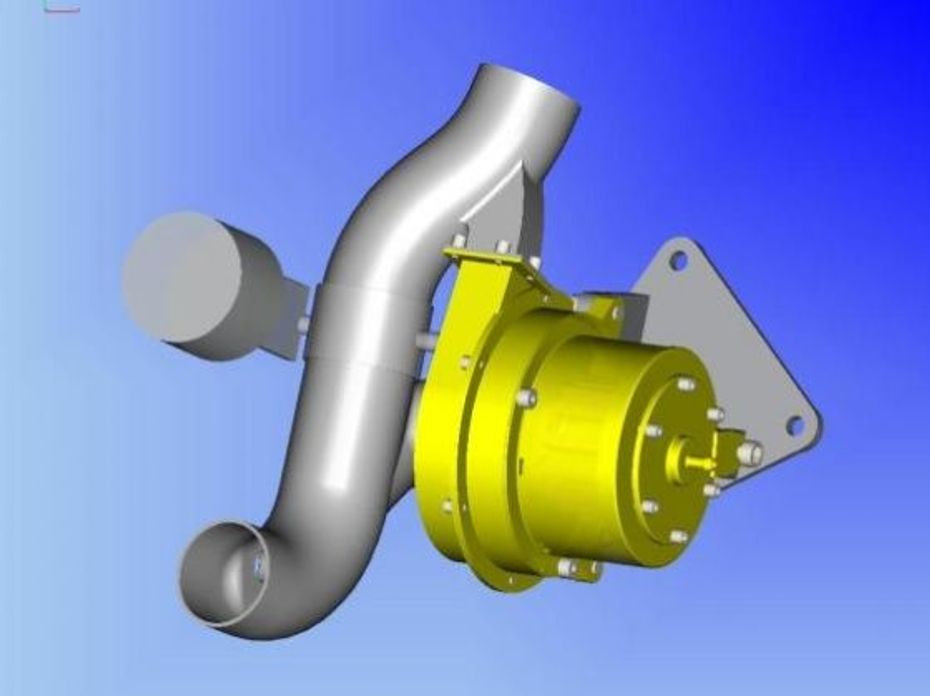
Renault Extends Standard Warranty On Kwid, Triber, And Kiger To 3...
- Dec 30, 2024
- Views : 30395

As we all know the job of an exhaust system in a car is to route the spent gases from the engine out into the atmosphere. However, cars today use exhaust gases to drive turbochargers. To improve performance of a car the exhaust flow can be optimised. All this creates direct impact of exhaust gases on the engine’s performance.
To modify an exhaust system the easiest thing to do is replace the stock muffler with a high performance free flow muffler. However the inlet and outlet of the muffler should be the same size in terms of diameter as the front pipe and tail pipe.
The primary pipe diameter and the length of the exhaust manifold are the most important factors in a exhaust design. The engine size, number of cylinders and usable RPM determine the size of the pipe diameters and length.

In anything from a 1600cc four cylinder engine to a 2400cc six cylinder engine with a maximum RPM of 5500 should have a primary exhaust diameter of one and a half inch and a primary pipe length of 34 – 37 inches. On a four cylinder engine all four primary exhaust pipes should join in a single collector. On a six cylinder engine the exhaust pipes from cylinders 1, 2 and 3 should join a single cylinder while pipes 4, 5 and 6 should join in a second collector. A Y-pipe could be used to connect exhaust flow from the two pipes into the tail pipe.
When the pistons go into their downward stroke they create vacuum in the cylinder, this results in reversion of exhaust gases back into the combustion chamber. This contaminates the fuel air mixture and decrease the efficiency of the engine. Anti-reversion headers that have a built-in lip which restricts exhaust flow back into the combustion chamber can be installed to ensure clean air flows into the cylinders.

In a turbocharged engine there may not be enough space for equal length exhaust pipes that connect at the collector therefore a log type header in which the pipes have to meet at the collector before the exhaust pipe spins the turbine of the turbo charger. The size of the collector will depend on the size of the turbine the exhaust gases have to spin. Also, while the system is being designed it should be kept taken into consideration that the headers have to be able to take the weight of the turbocharger. The wastegate should be located either after the collector or after the last exhaust port on a log type manifold so that it does not interfere with the pressurised flow of exhaust gases spinning the turbine. The wastegate has to detect the pressure of gases spinning the turbine without hampering the exhaust pressure. Lastly the tail pipes have to deal with much higher temperature exhaust gases in a modified engine with a turbo charger and exhaust manifold and therefore needs to be replaced with a thicker pipe with additional bracing and swaged joints for heat expansion.

Renault Extends Standard Warranty On Kwid, Triber, And Kiger To 3...

Is The Kia Syros More Compelling Than The Best-selling Hyundai Creta?

Auto Expo 2025 - All You Want To Know About The Hottest Auto Show!

Hyundai Creta Electric REVEALED Ahead Of Auto Expo 2025! Here’s...

Upcoming Maruti Suzuki Cars Expected In 2025: e Vitara, Baleno...

Here Is The List Of All Tata Cars Likely To Be Launched In 2025

Mahindra BE 6 Launched: Price For The Top-spec Variant Is Out!

Upcoming Mahindra Cars Expected in 2025: XUV 4XO, Thar Facelift, BE...

JSW MG Motor India Revealed Their New SUV, The MG Majestor At Auto...
India's largest automotive community
 Here Is A List Of SUVs Coming To The Indian Market In 2025
Here Is A List Of SUVs Coming To The Indian Market In 2025
 Check Out The List Of The Top 5 SUVs Showcased At The Auto Expo 2025
Check Out The List Of The Top 5 SUVs Showcased At The Auto Expo 2025
 Auto Expo 2025: Toyota Hilux Black Edition Explained In 10 Images
Auto Expo 2025: Toyota Hilux Black Edition Explained In 10 Images
 India’s Most Affordable Car, The Vayve Eva Is Priced From Rs 3.25 Lakh! Here Is A Look At All Of Its Variants!
India’s Most Affordable Car, The Vayve Eva Is Priced From Rs 3.25 Lakh! Here Is A Look At All Of Its Variants!
 Vayve Mobility Eva
Rs. 3.25 Lakh
Vayve Mobility Eva
Rs. 3.25 Lakh
 BMW X3
Rs. 75.80 Lakh
BMW X3
Rs. 75.80 Lakh
 Hyundai Creta Electric
Rs. 17.99 Lakh
Hyundai Creta Electric
Rs. 17.99 Lakh
 Lotus Emira
Rs. 3.22 Crore
Lotus Emira
Rs. 3.22 Crore
 Lotus Emeya
Rs. 2.33 Crore
Lotus Emeya
Rs. 2.33 Crore